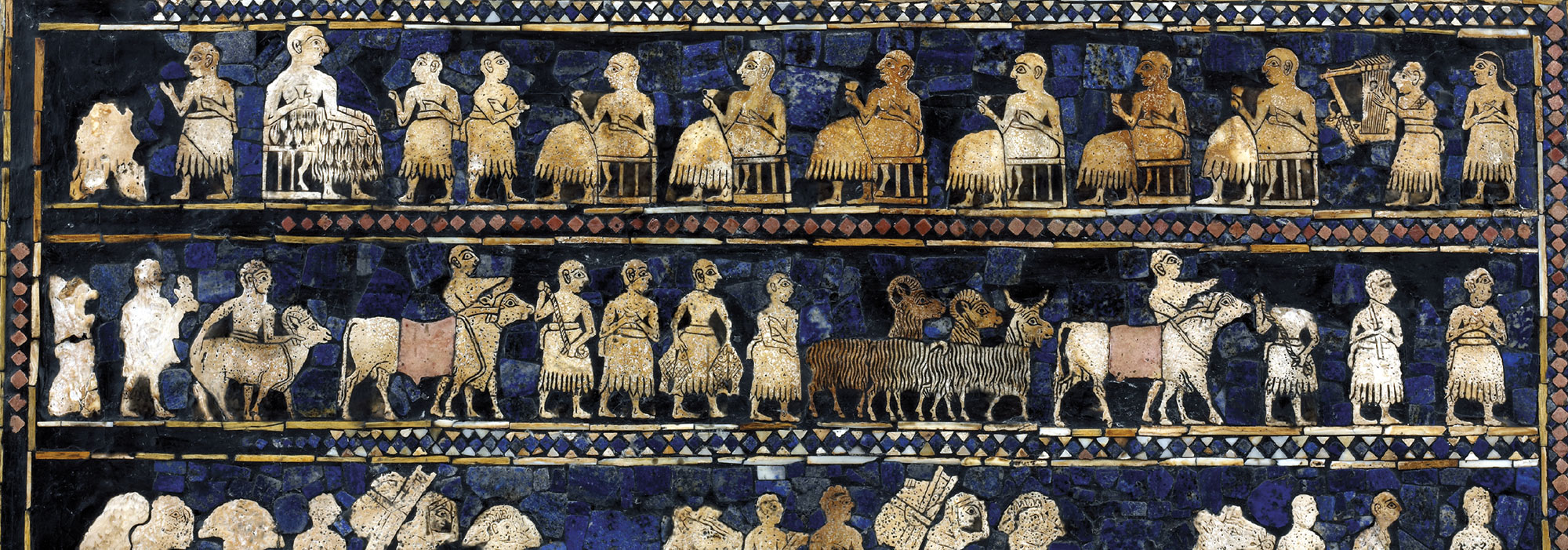LEIPZIG, GERMANY—Science Magazine reports that 14 Neanderthal genomes have been sequenced from remains recovered from two caves in Siberia’s Altai Mountains. The remains of seven males and five females came from Chagyrskaya Cave, and the remains of one male and one female came from Okladnikov Cave. All of the individuals are thought to have lived within 100 years of each other, based upon an analysis of shared mitochondrial DNA, between 49,000 and 59,000 years ago. Two of the individuals from Chagyrskaya Cave were identified as father and daughter, according to geneticist Laurits Skov of the Max Planck Institute for Evolutionary Anthropology. Several of the males from Chagyrskaya Cave carried chunks of identical nuclear DNA, indicating that they shared a recent ancestor, and they also had similar Y chromosomes inherited from a modern human father. And although the Y chromosomes and nuclear DNA in the males was similar, the researchers found that mitochondrial DNA, which is inherited from mothers, was diverse in both the males and females. Skov thinks Neanderthal females may have moved between small family groups of related males. This low male diversity may have contributed to Neanderthal extinction, he added. To read about the first Neanderthal DNA sequencing, go to "Neanderthal Genome," one of ARCHAEOLOGY's Top 10 Discoveries of the Decade."
Genetic Study Suggests Neanderthal Society Was Patrilocal
News June 16, 2021
Recommended Articles
Top 10 Discoveries of the Decade January/February 2021
Neanderthal Genome
Vindija Cave, Croatia, 2010

Digs & Discoveries September/October 2021
Neanderthal Hearing
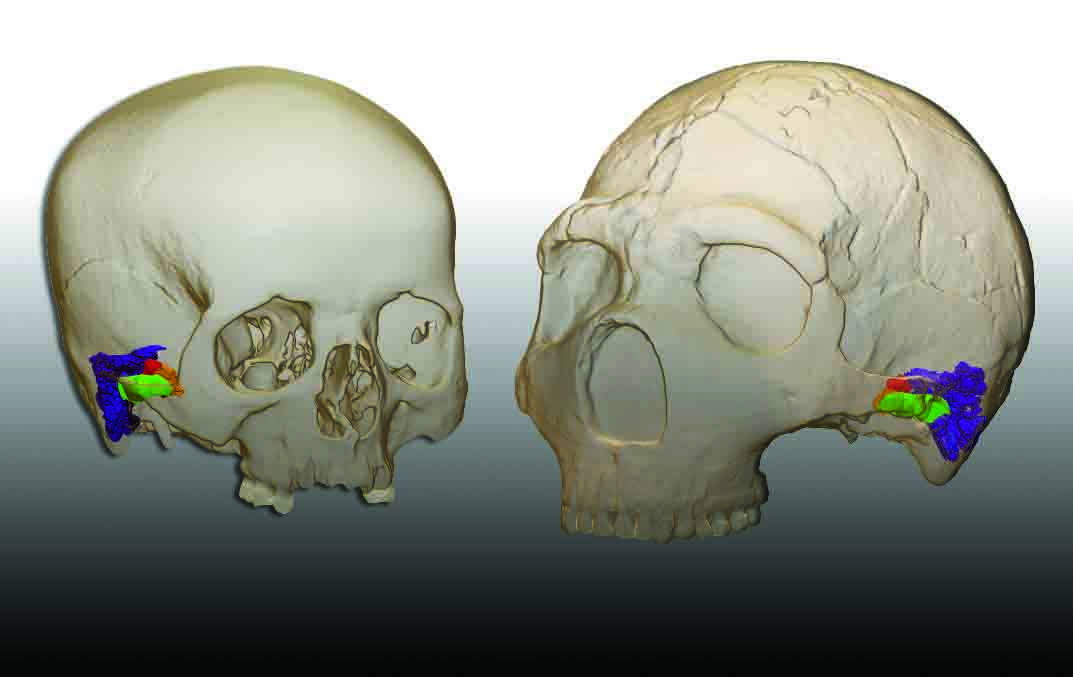
Digs & Discoveries November/December 2020
Painful Past
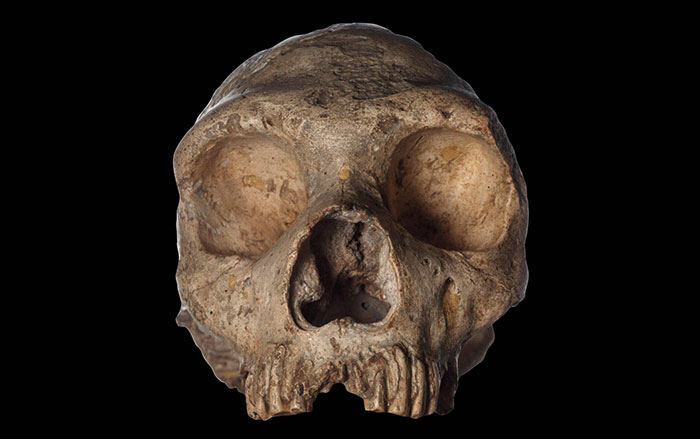
Digs & Discoveries July/August 2020
Twisted Neanderthal Tech
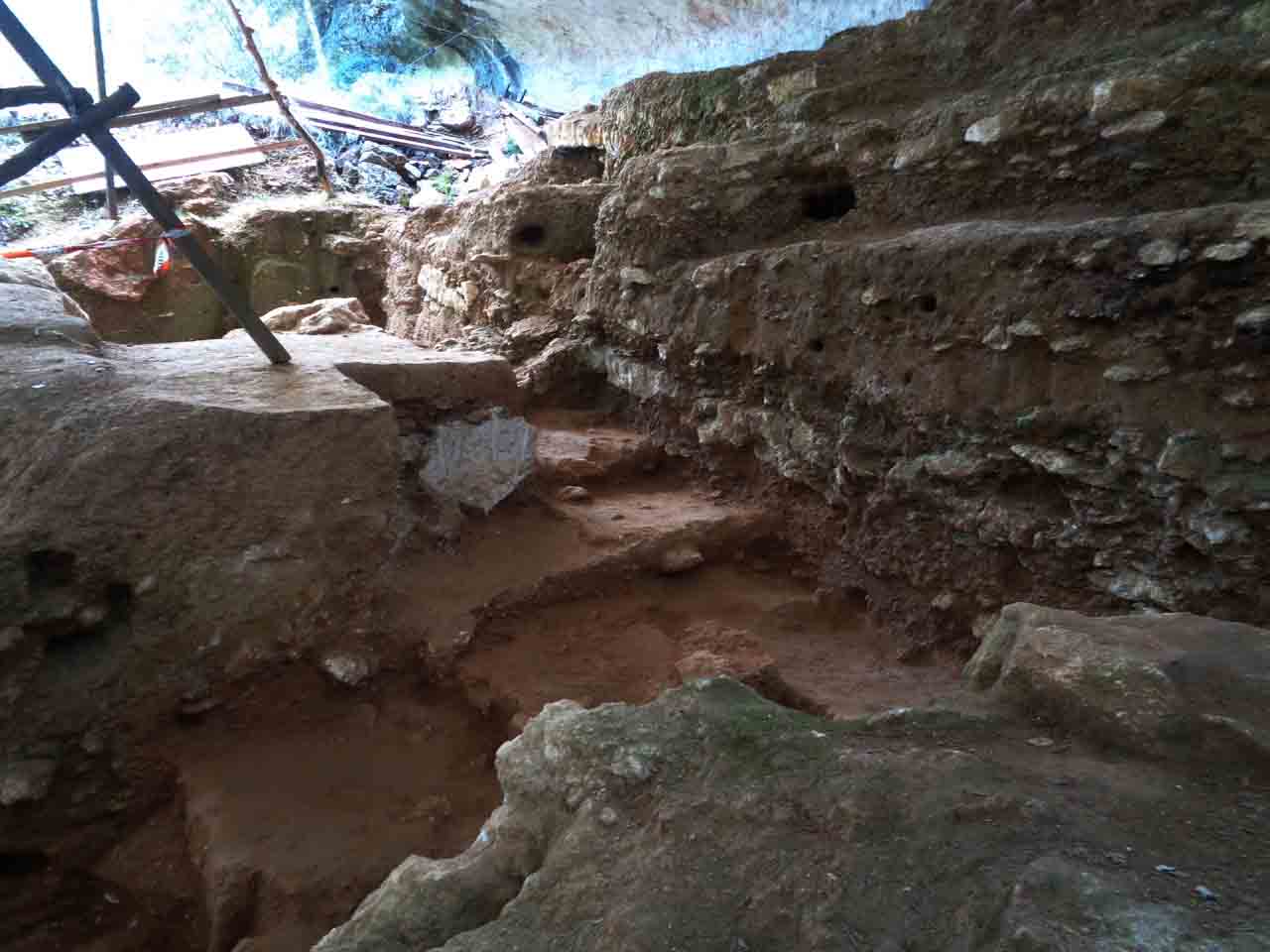
-
Features May/June 2021
Last Stand of the Hunter-Gatherers?
The 11,000-year-old stone circles of Göbekli Tepe in modern Turkey may have been monuments to a vanishing way of life
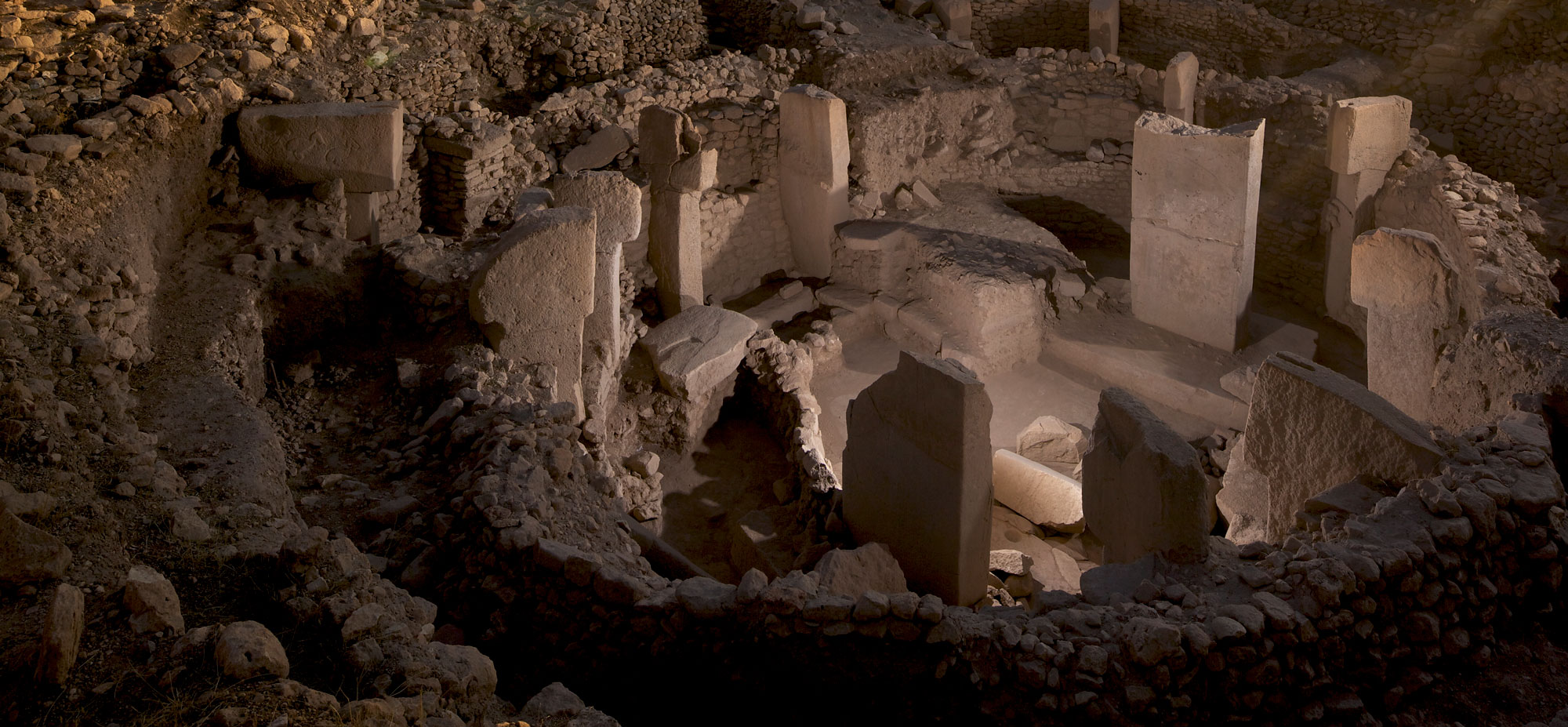 (Vincent J. Musi)
(Vincent J. Musi) -
Letter from Australia May/June 2021
Where the World Was Born
Newly discovered rock art panels depict how ancient Aboriginal ancestors envisioned climate change and creation
 (Courtesy Paul Tacon)
(Courtesy Paul Tacon) -
Artifacts May/June 2021
Magdalenian Wind Instrument
 (Courtesy Carole Fritz et al. 2021/CNRS – the French National Centre for Scientific Research)
(Courtesy Carole Fritz et al. 2021/CNRS – the French National Centre for Scientific Research) -
Digs & Discoveries May/June 2021
You Are How You Cook
 (loraks/iStock)
(loraks/iStock)


